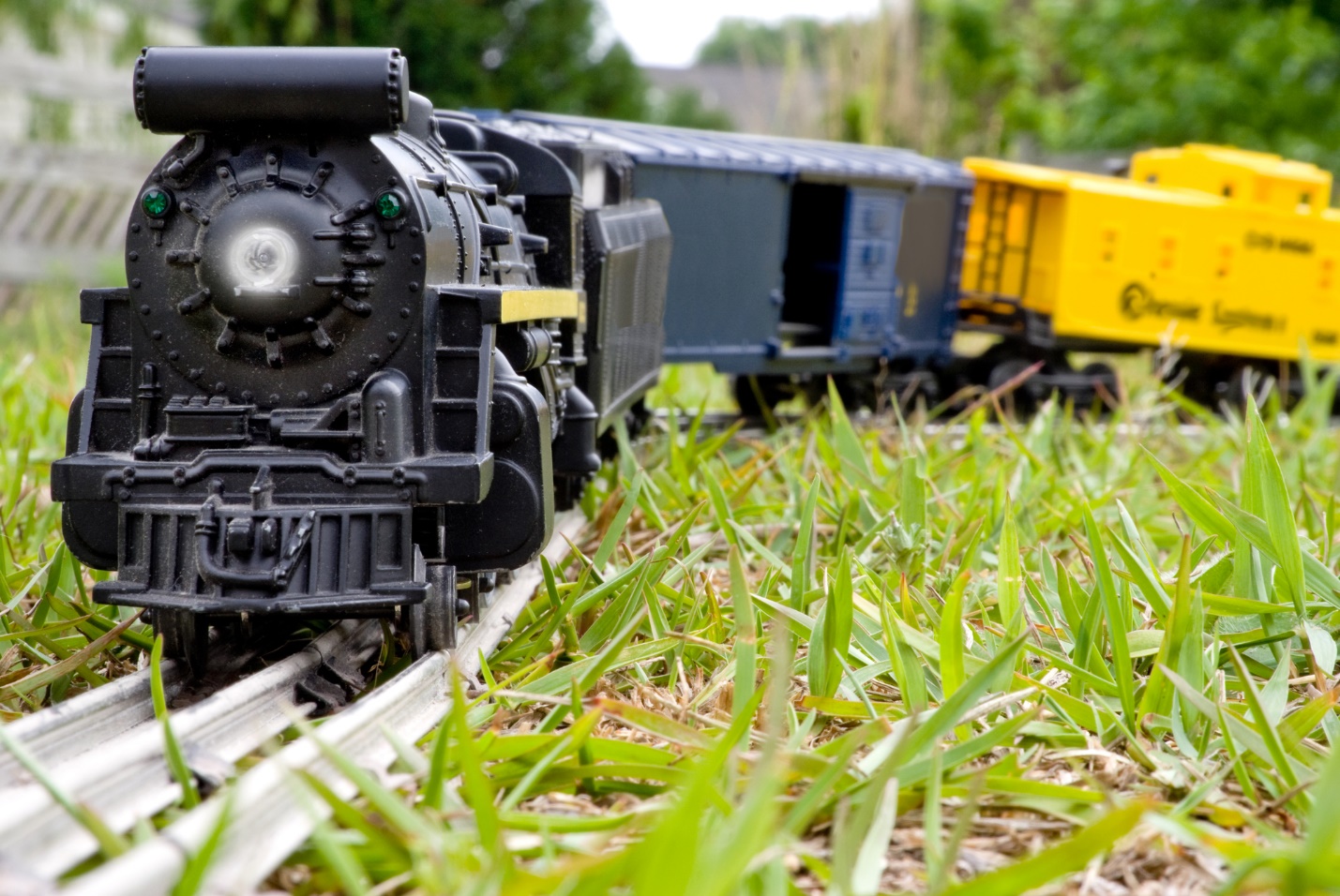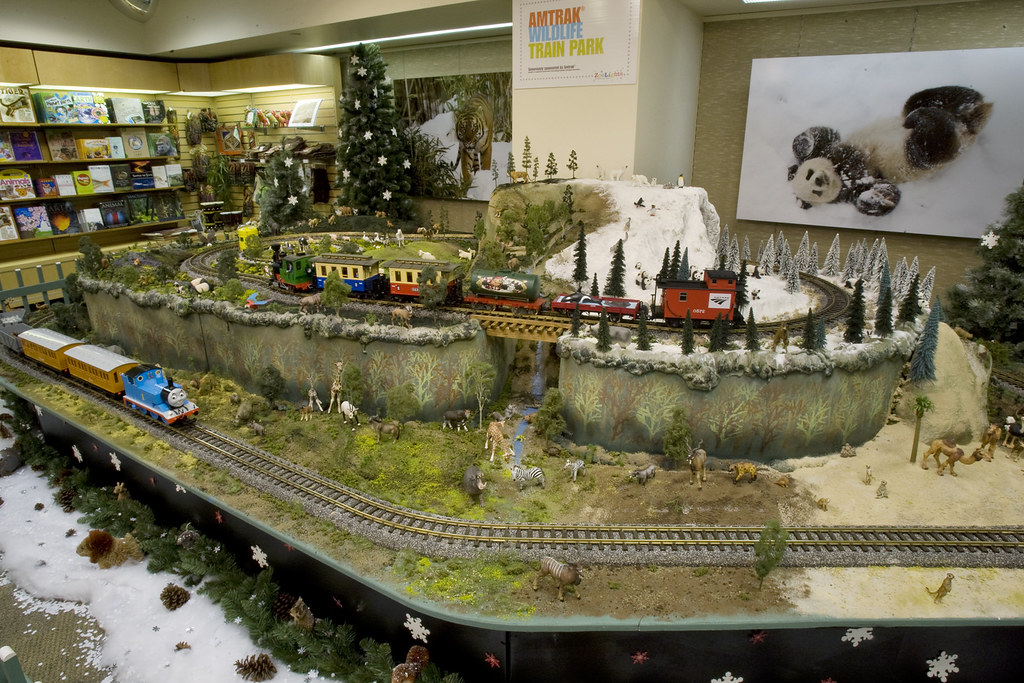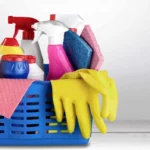Some people would want to build model trains, and the best way to get started with this is to create a railroad. Homeowners might often decorate their yards with a long railroad track if there’s a huge space inside and outside their homes.
The ones like the G scale can be more expensive than the smaller varieties, but they will essentially be enjoyable for everyone. You can have fun with the installation, which people of all ages can enjoy.
You can find enthusiasts that are more focused on the models of the best diesel locomotives, while others are more into the build-up of sceneries. Regardless of the interest, there’s something that they have in common. They were beginners at some point, too and if you want to know more about the train set-ups, below are some pieces of information that can help you out.
Embracing the Model Trains
After you’ve decided to embrace model trains as a hobby, what’s in it for you next? Nowadays, you can check Only Trains for starter sets, figures, buildings, accessories, freight cars, and other parts to get started. These products are often staggering, and their qualities have evolved much in the past decade.
Check various manufacturers and research other products in the market. You should never feel limited to the brands available. The next goal is to model railroaders that can create a scenery of a miniature world. Whether it looks like the beautiful tracks on mountainous terrains or a Christmas theme, you can never go wrong when you have a trustworthy supplier.
Getting Started with the Scale
One of the first things you need to decide on is the scale. This will refer to the models’ sizes and determine the requirements for space, the difficulty of achieving a specific model, and the availability of the other parts. There are six major ones in the market today, and they are G, O, S, HO, N, and Z. These are the labels that are popular in the industry, and most of the manufacturers are using these tags in their products.
Each of them has its pros and cons. The Z is the smallest, and the G is the large one. These are prototypes that those manufacturers use to describe the model’s size compared to the real trains. A foot is equal to 1/8,” but this can be different for each manufacturer. Whenever possible, watch videos or even visit events and train shows where you can experience the sizes of various scales. See more about train scale on this site.
The most common product in the market today is the HO modeler, and many parts are available from different manufacturers and online shops. The O scale is larger, whereas the pieces are generally bigger. Finally, many prefer the G-scale because it can run outdoors. This is where they can mix their landscapes, tracks, and gardening as a hobby, which is generally fun for everyone in the family.
What to Know about the Tracks?
Get a variety of tracks, such as hand-laid or sectional, from trustworthy shops. There are also flexible options, but they need extra care upon assembly. Some layouts use combinations and materials like nickel-silver and plastic ties for model railroaders.
No matter where the tracks were purchased, regular cleaning is very important. It’s important not to use sandpaper or steel wool. Solid cleaning blocks are used for oxidation and any liquid spills for the accessories and sceneries. Various gauges and scales are also cleaned by Centerline or Atlas products, although they can be the more expensive options out there. Get more info about cleaning the toys in this url: https://www.goodhousekeeping.com/home/cleaning/a31673106/how-to-disinfect-toys/.
Sometimes, derailments can happen when there’s a poor track or the installation is not too solid. It’s best to get the right cars and their corresponding tracks and not mix them up. A smoother transition can also be achieved through rail joiners.
Generally, a fine cloth is used with a cleaning fluid to prevent scratches. The result is a cleaner track without any dirt trapped in between. The use of a vacuum can also be helpful in cars and locomotives. Passenger and freight cars should have metal wheels because the plastic varieties can attract a lot of dirt and stains through static electricity. Another thing is that the plastic bits can also get deposited on the tracks over time.




